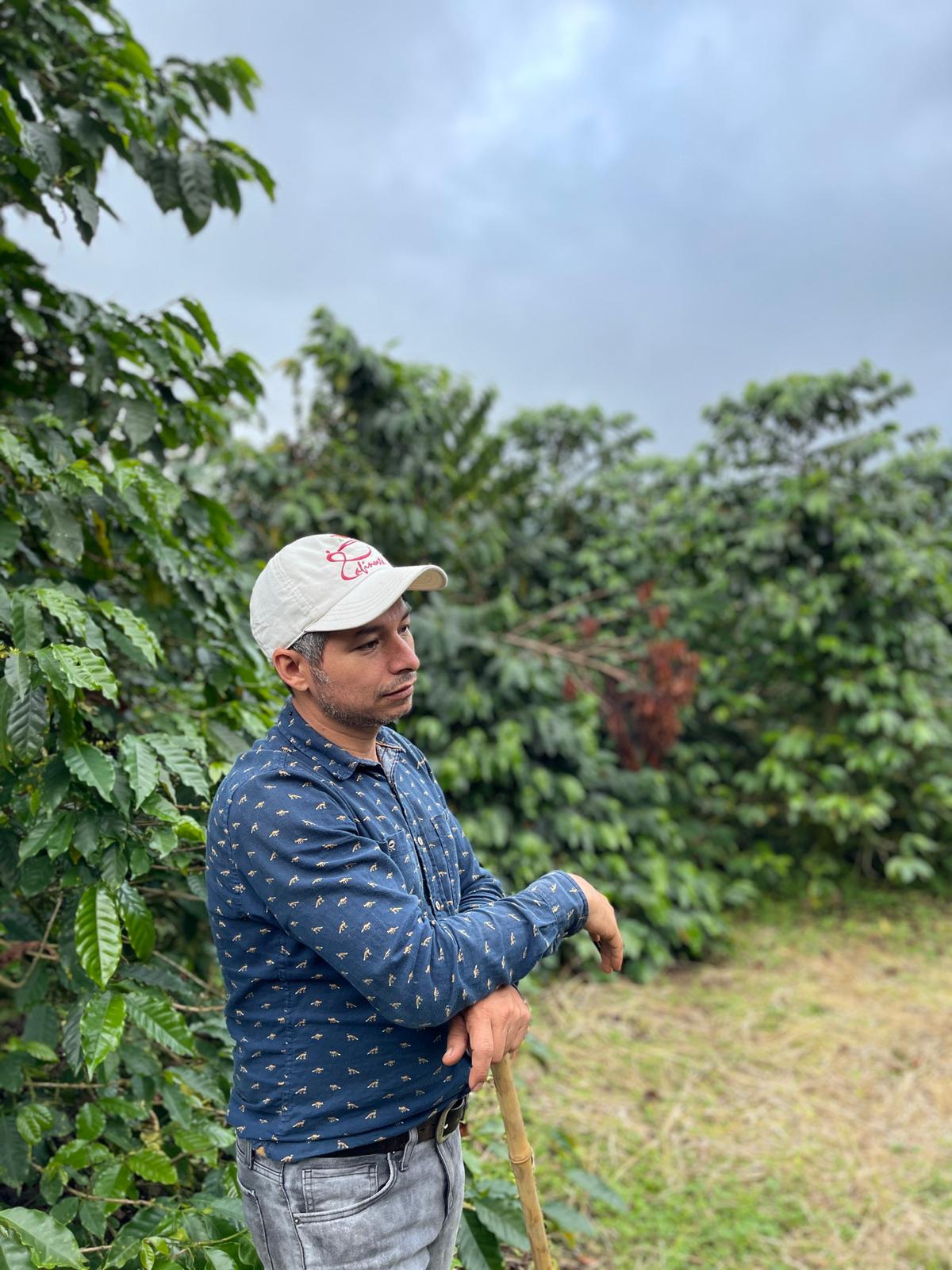

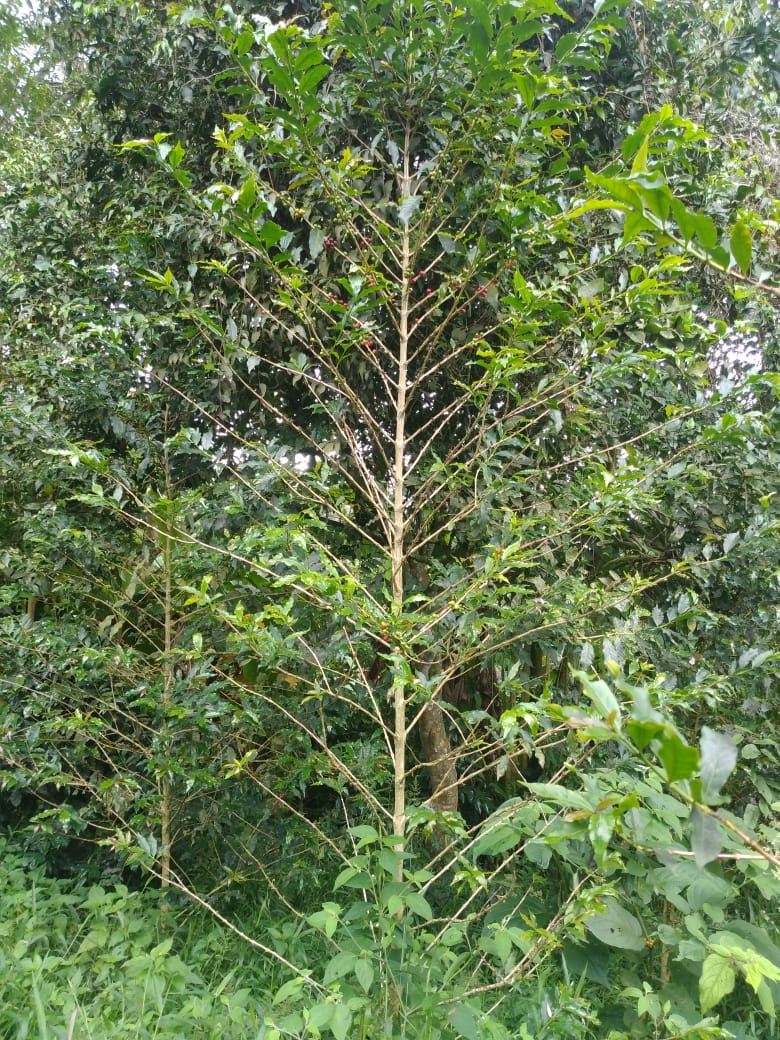

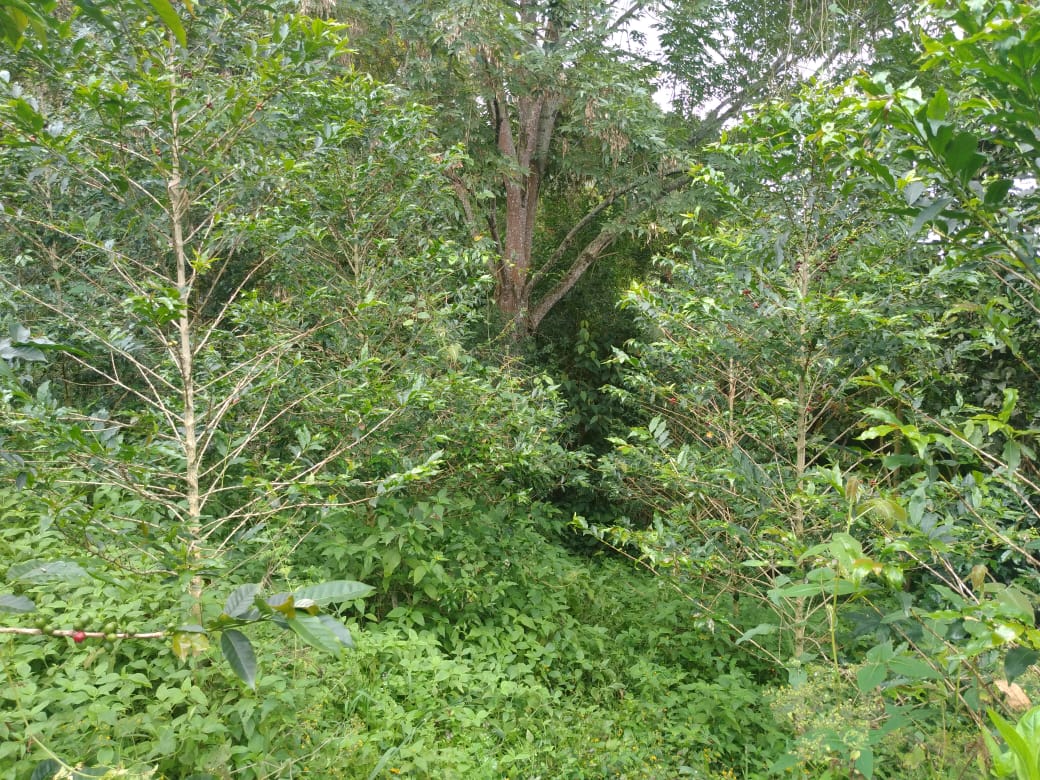

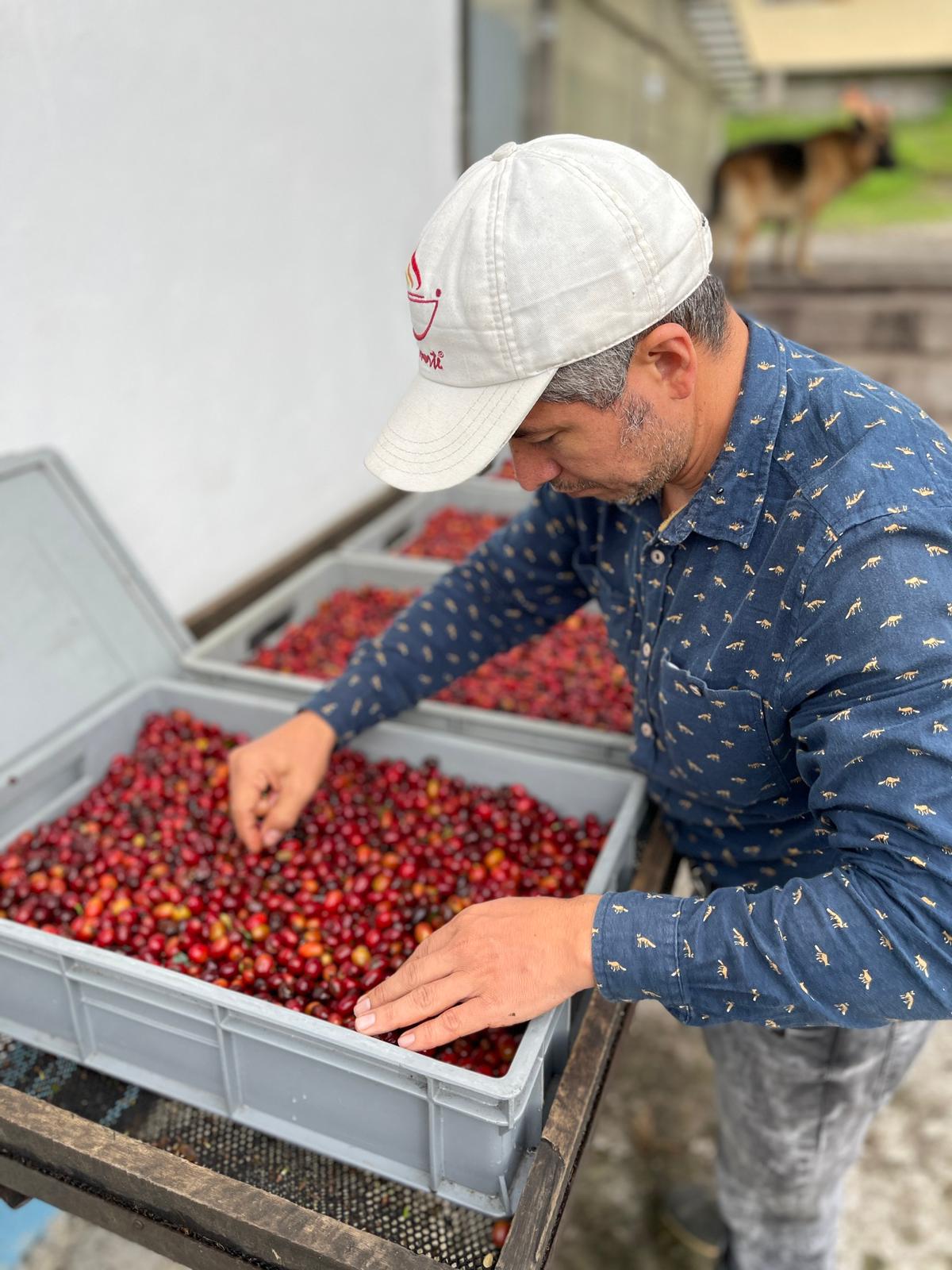

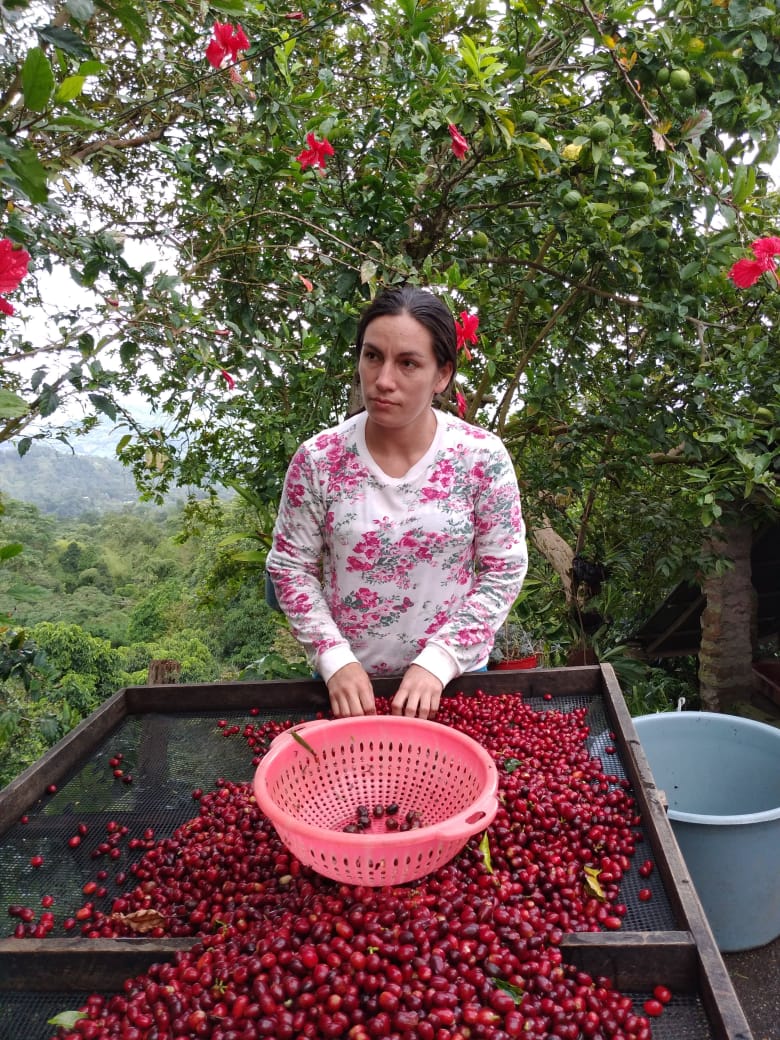

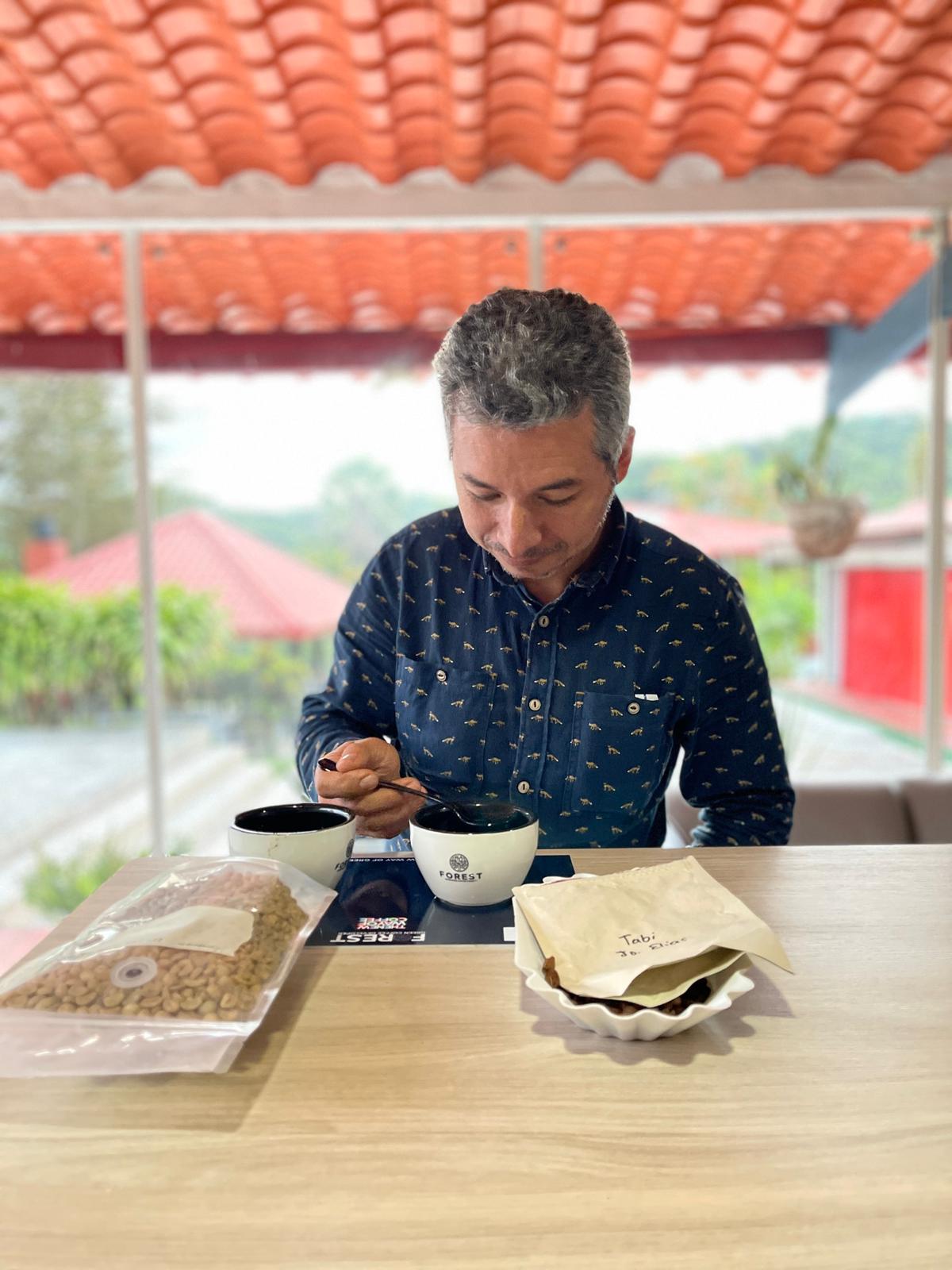

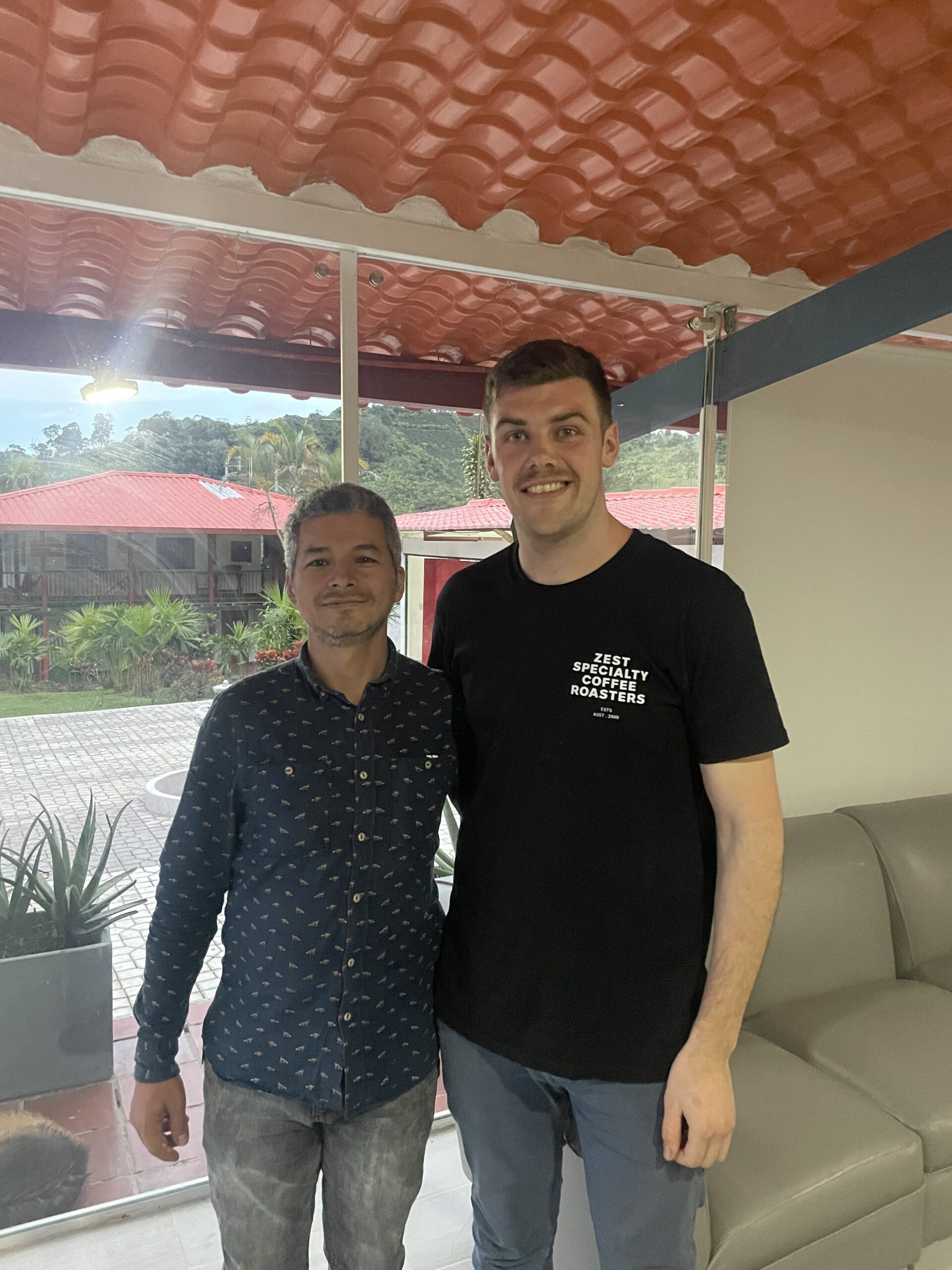

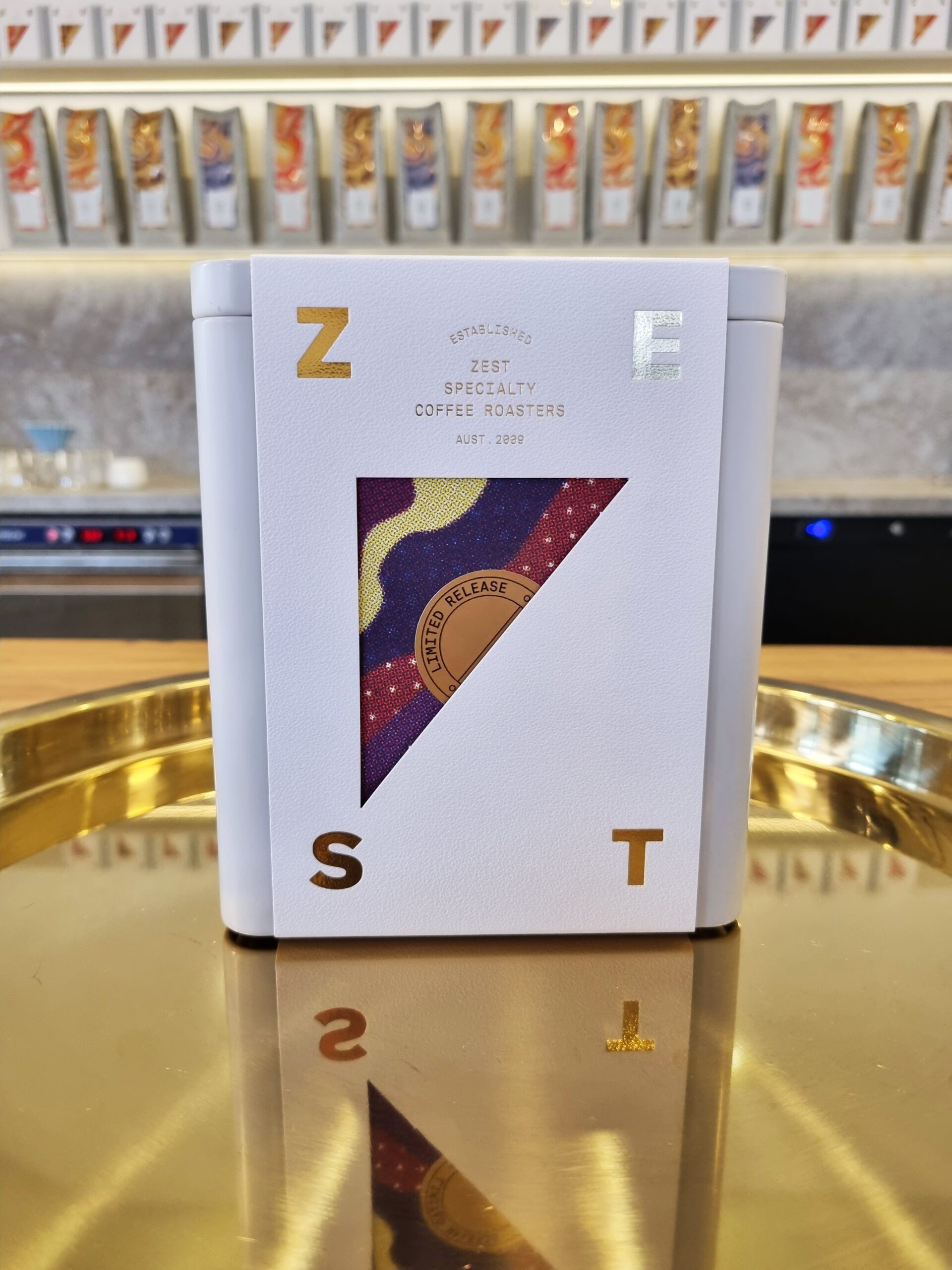

Mokka – a rare and exotic coffee varietal








WHAT IS MOKKA? AND WHY IS IT SUCH AN EXPENSIVE COFFEE VARIETAL?
Meet Orlando Ospina. A Colombian agronomist heavily specialized in and passionate about non-traditional coffee processing. A researcher and explorer, pushing the limits. Probably best known for obtaining second place in the Colombian Cup of Excellence competition in 2017 with a wonderful natural geisha with a cup score of 92. It was his first harvest, first lot of coffee and the first time he had entered the competition! This amazing result stoked Orlando’s zeal for specialty coffee growing and processing and shaped his future as a trusted voice in the local industry.
We met Orlando last year during a research and experimentation trip to Colombia. Orlando simply exuded joy, passion and commitment to coffee. He and his wife Maria grow coffee on their own farm, Las Marias, in the La Mesa Cundimarca region, 1750 meters above sea level. They grow rare and wonderful varietals including Geisha, Sidra and Mokka and experiment with innovative processing techniques.
In our conversation with Orlando, he was very keen to share his latest special crop of Mokka beans with us. A cupping was set up and with Orlando enthusiastically sharing the story of this special lot, we had our first taste of Colombian grown Mokka. And we were impressed! It was an experience we will never forget.
So what is so unique or special about Mokka? Why is it often called the “champagne of coffee”?
HISTORY OF THE MOKKA VARIETAL
The Mokka varietal very likely originated in Yemen – and probably gets its name from the port of Mocha in that country. It is thought to be a mutation of the Bourbon varietal to which it is very close in genetic structure. Today Mokka is most well known as being grown in Hawaii where it is often called Maui Mokka and apparently all originates from one tree imported to the islands early last century.
THE MOKKA TREE
The Mokka grown on Orlando’s farm is known as ‘tall’ Mokka and is likely a hybrid of Mokka and a tall Brazilian Typica. The trees are bushy with narrow leaves and extremely low yielding.
PHYSICAL CHARACTERISTICS OF MOKKA
Part of the fascination with Mokka is the distinctive small size of the coffee cherries which in turn produce tiny, round beans.
GROWING MOKKA – ORLANDO’S STORY
Orlando’s story is captivating as he tells us of the challenge of growing Mokka:
“I only have 500 Mokka trees planted on the farm,” he tells us. “But this is surely the best lot on the farm. They are planted on a parcel of land that is not of the best quality with excess humidity in the soil. For this reason we have unfortunately lost a number of trees. Out of the 500 tree only 200-300 are healthy.”
“The best harvest we had was in 2018, 2019 was average, and 2020 and 2021 were bad. This means three years in a row of low production. Mokka is a variety that is challenging to grow – out of all the exotic varieties, it is the one most difficult to grow. It is very susceptible to rain and humidity.”
“The picking is also challenging due to the tiny size of the cherries. The harvesting is done a few kilos at a time, little by little, over several passages through the trees. You pick 3 kilos, 4 kilos, 5 kilos, and then combine all these together.”
“It’s a coffee that has a long maturation period of 6 months, which is also why the cup quality is great.”
We feel Orlando’s pain. The fruit of his time-consuming and back-breaking work is in a small sack which he shows us. A total of 4kg of green beans is all he has to sell this year. This varietal is extremely hard to grow and is low yielding and labour intensive to harvest.
He wants to sell us the fruit of his labours and take it home to Australia to share. He names his price. It’s very expensive (as far as specialty coffees go) but we agree to take the lot.
It’s tasty, it’s exotic and very rare and it comes with a story of the hardship of the specialty coffee farmer. A man and his wife, putting their all into pushing the boundaries of specialty coffee.
THE PROCESS
Orlando goes on to explain the process he used to create this special lot.
The freshly harvested whole cherries were placed in a plastic bag which was tied up after the air had been removed. This is called a Natural Anaerobic process. The bag was then submerged in a tank of water. This keeps the temperature of the fermentation low and constant.
After fermentation the cherries were spread out on raised drying beds and dried for 21 days.
Then the dry cherries were stored for 45 days to stabilise before milling. Milling removes the dried cherry skin and leaves just the green coffee bean. The beans were then hand sorted and selected.
We look at the green beans in Orlando’s hands. Most are very small but the size does vary considerably. Orlando explains that he had to pick everything he could off the trees and could not afford to sort further by screen size as the lot was so small.
A LIMITED RELEASE
This month we are going to offer just twenty five 100g lots of Orlando’s special Mokka for sale. It’s your turn to get a piece of this special story and experience the rare taste of Mokka for yourself. We feel honoured to share Orlando’s work with coffee lovers in Australia. Don’t miss out.